Ten worst areas for child poverty in the UK
New report says number of UK children living in poverty has soared by half a million since 2010
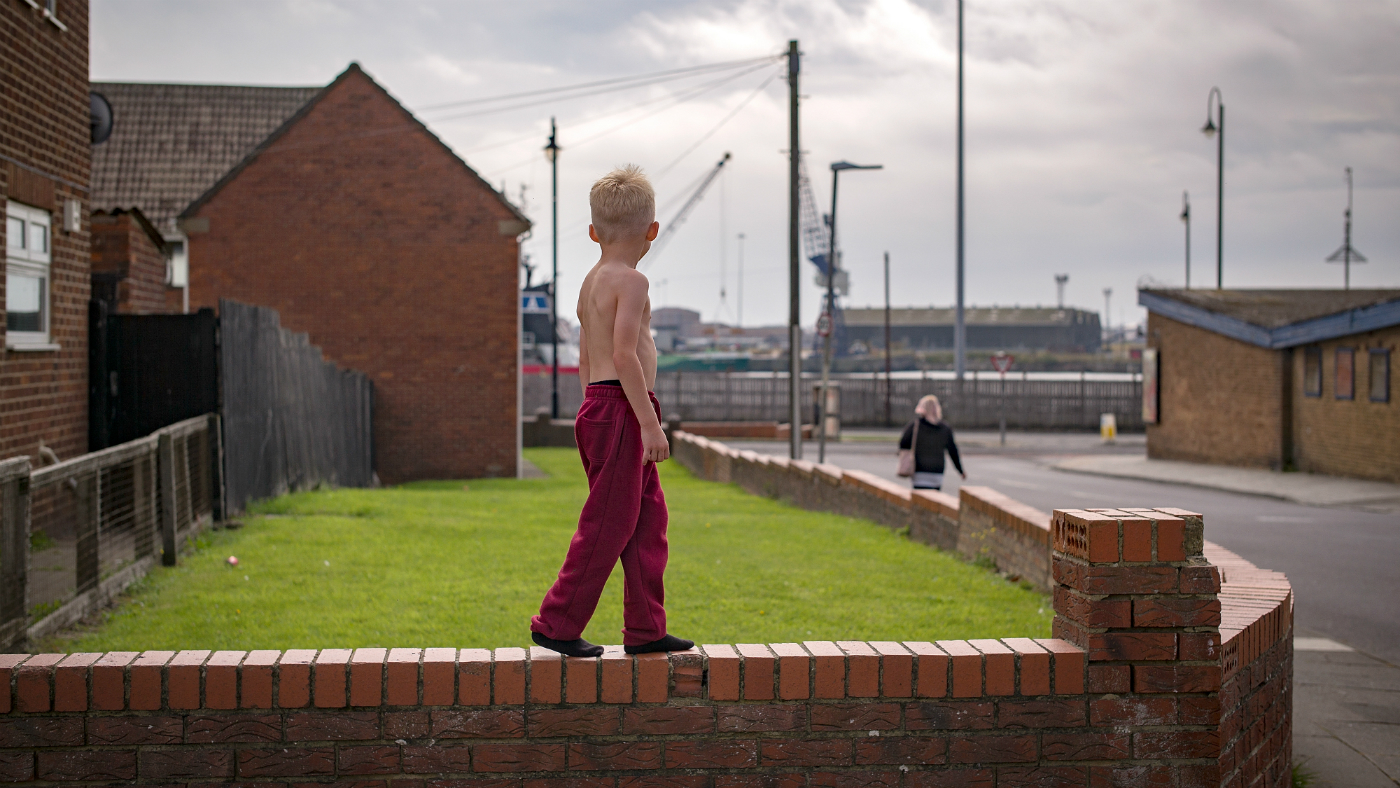
The UK has seen a dramatic rise in the number of children living in poverty since the Conservative government took power in 2010, a new report claims.
The End Child Poverty coalition of charities says that around 500,000 more children have fallen below the poverty line since 2010 - and warns that the youngsters’ plight is becoming the “new normal” in parts of Britain.
Rates of child poverty are increasing fastest in the nation’s poorest regions, according to the group, which says that some areas are at risk of being “abandoned” to the crisis, The Guardian reports.
The Week
Escape your echo chamber. Get the facts behind the news, plus analysis from multiple perspectives.

Sign up for The Week's Free Newsletters
From our morning news briefing to a weekly Good News Newsletter, get the best of The Week delivered directly to your inbox.
From our morning news briefing to a weekly Good News Newsletter, get the best of The Week delivered directly to your inbox.
The total number of children in poverty has risen from 3.6 million in 2010-11 to 4.1 million in 2017-18. And the Institute for Fiscal Studies predicts that this figure will continue to rise, hitting 5.1 million by 2022, as a result of “cuts to benefits and in-work allowances”, says The Independent.
The UK’s poorest neighbourhoods are spread across the country, but there is a notable concentration in Greater London. Tower Hamlets has the highest child poverty rates among British local authorities, at 57%, followed by the London boroughs of Newham, Hackney and Islington.
Manchester, Luton, Peterborough and the Lancashire town of Pendle also have among the highest levels of child poverty, with all recording rates above 45%.
Anna Feuchtwang of the End Child Poverty coalition said: “We know what causes child poverty and we know how to end it. We know that the income of less well-off families has been hit by severe real-terms cuts in benefits and by higher housing costs.”
A free daily email with the biggest news stories of the day – and the best features from TheWeek.com
The Government must “urgently” set a course of action to “free children from the grip of poverty”, she added.
But a government spokesperson claimed that the study was “based on estimates using a new methodology and should be treated with caution”.
“Children growing up in working households are five times less likely to be in relative poverty, which is why we are supporting families to improve their lives through work,” the spokesperson said.
“And statistics show employment is at a joint record high, wages are outstripping inflation and income inequality and absolute poverty are lower than in 2010.”
According to the new study, the ten worst places in the UK for child poverty are:
- Tower Hamlets: 56.7%
- Newham: 51.8%
- Hackney: 48.1%
- Islington: 47.5%
- Blackburn with Darwen: 46.9%
- Westminster: 46.2%
- Luton: 45.7%
- Manchester: 45.4%
- Pendle: 44.7%
- Peterborough: 43.8%
-
 Gopichand Hinduja and the rift at the heart of UK’s richest family
Gopichand Hinduja and the rift at the heart of UK’s richest familyIn The Spotlight Following the death of the patriarch, the family’s ‘Succession-like’ feuds are ‘likely to get worse’
-
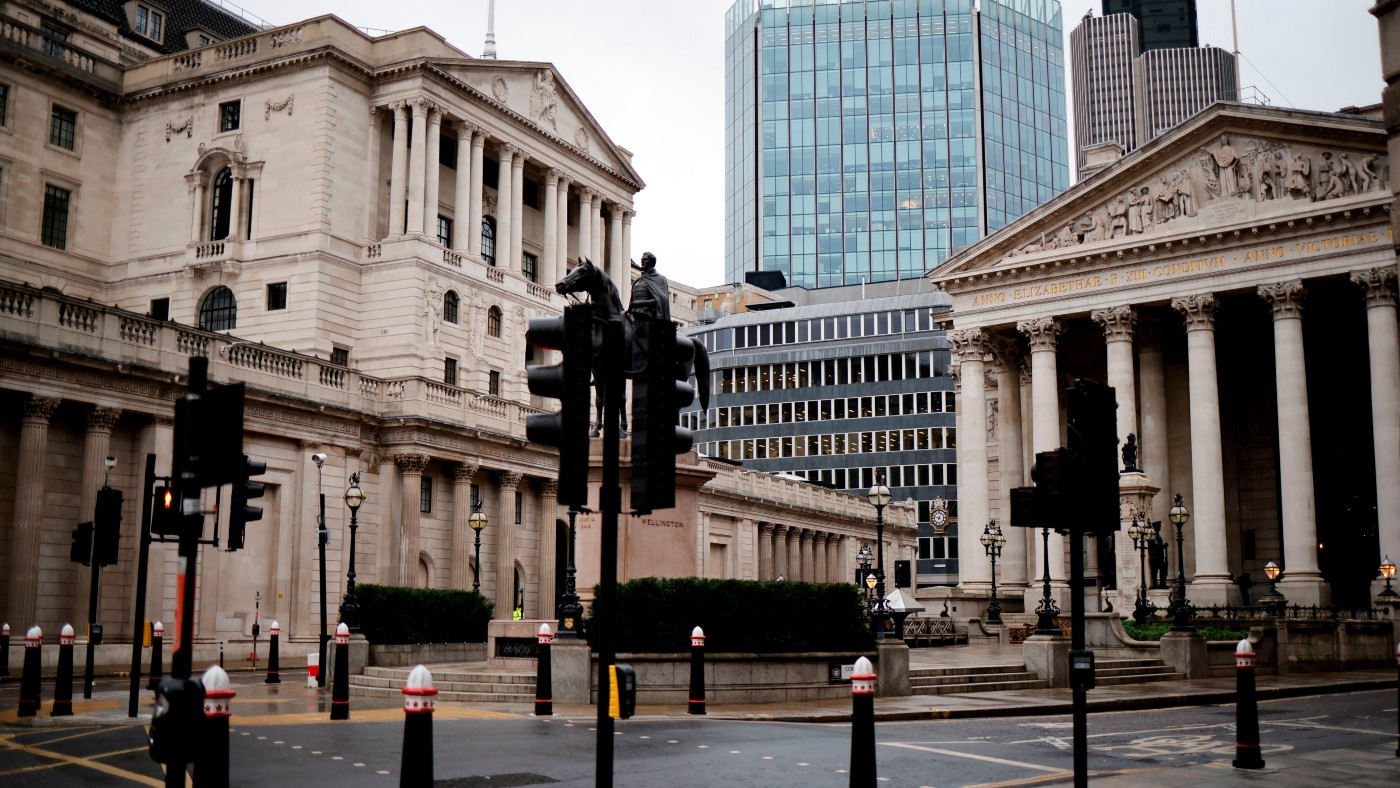 Can the night-time economy bring better days for the City of London?
Can the night-time economy bring better days for the City of London?feature Square Mile has potential to be an epicentre of finance and culture
-
 Co-op Live: Harry Styles invests in Manchester’s £350m music venue
Co-op Live: Harry Styles invests in Manchester’s £350m music venueSpeed Read The indoor arena will be the UK’s biggest when it opens in 2023
-
 Housing market bounces back with 137% increase in sales
Housing market bounces back with 137% increase in salesSpeed Read Experts warn that backlog after lockdown freeze may be causing ‘temporary jump’
-
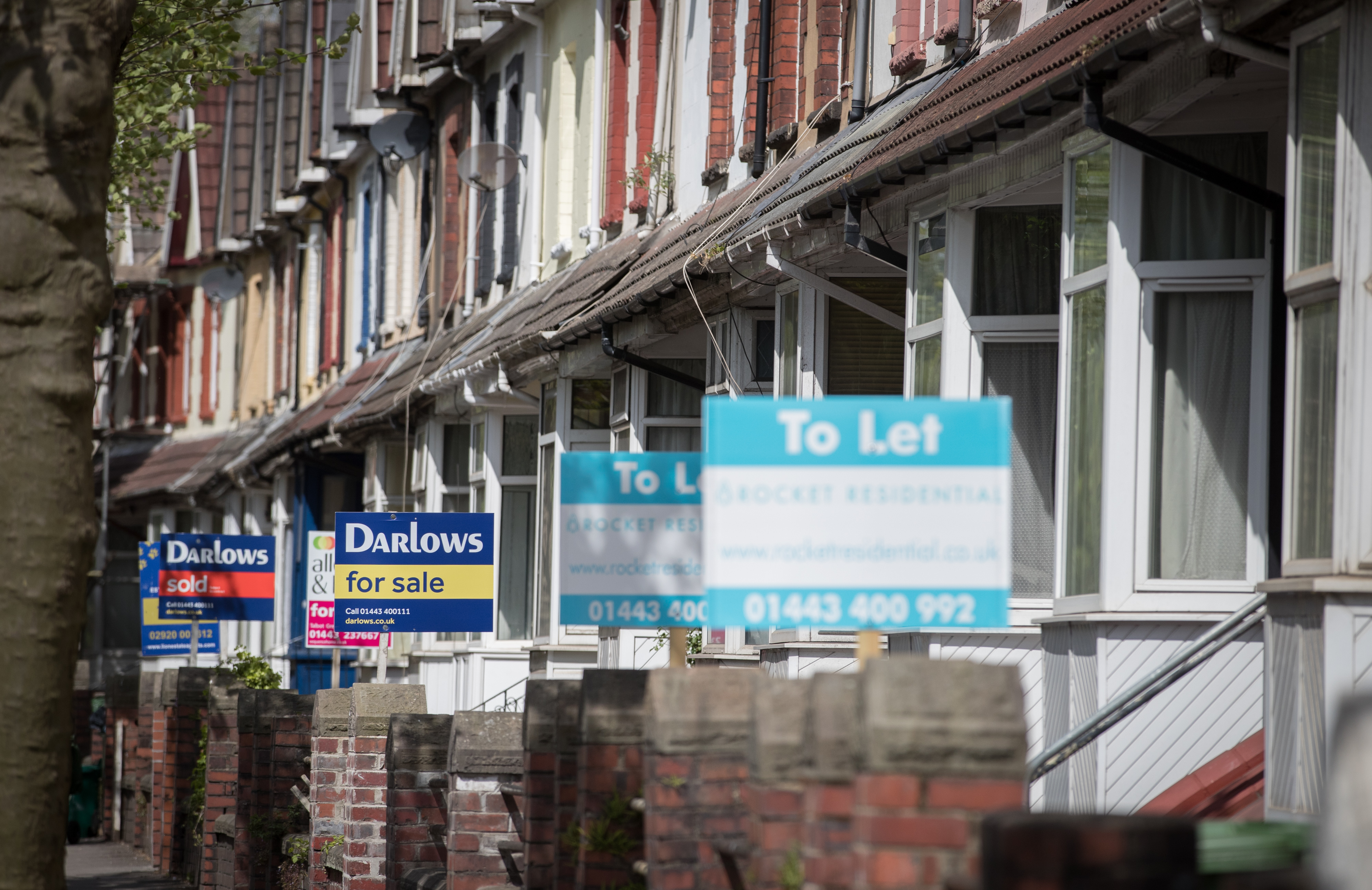 House prices: most expensive and cheapest areas to buy in the UK
House prices: most expensive and cheapest areas to buy in the UKIn Depth Greater London still most costly region as property values fall in Scotland and Wales
-
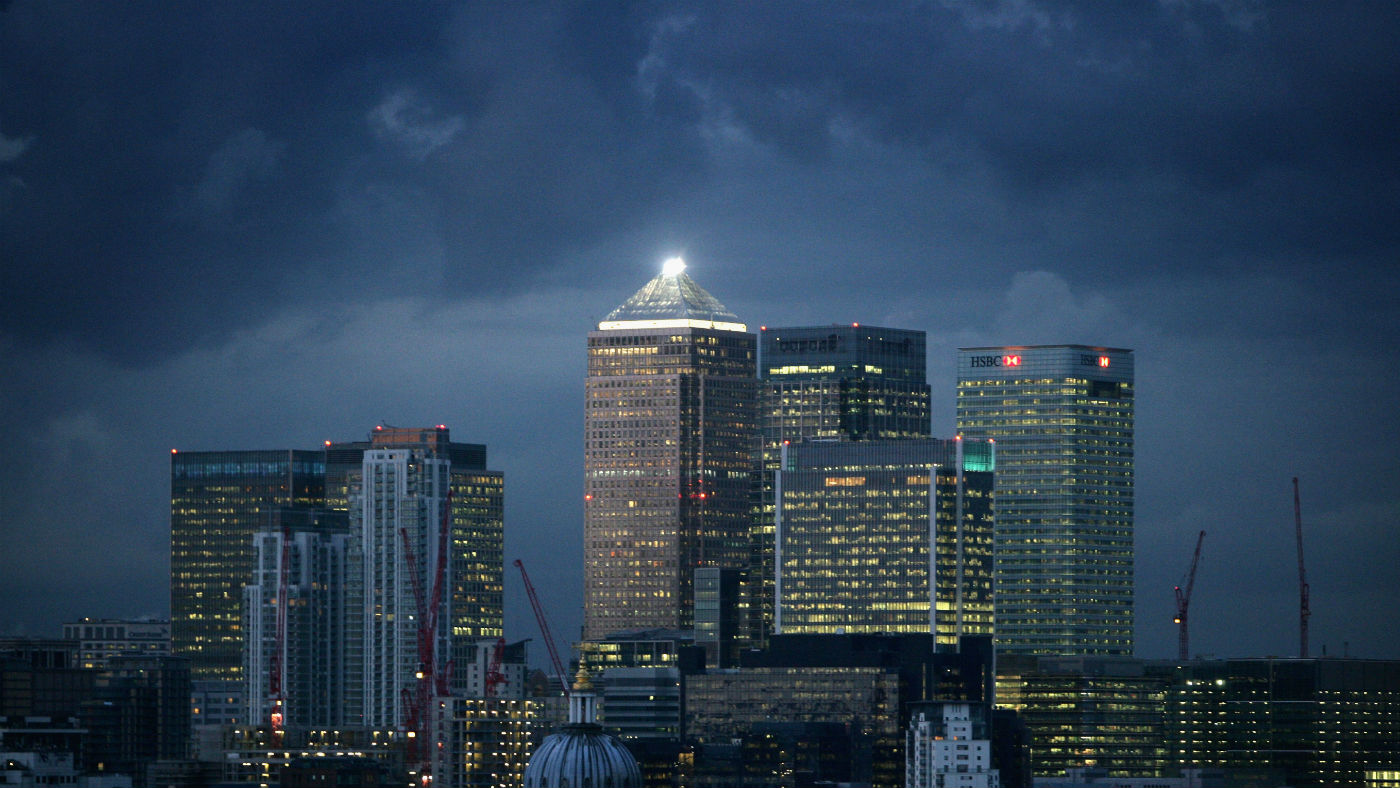 New York overtakes London as world’s financial capital
New York overtakes London as world’s financial capitalIn Depth Most financial services executives think Brexit chaos is to blame
-
 How London’s Tulip measures up against the UK’s tallest towers
How London’s Tulip measures up against the UK’s tallest towersSpeed Read Proposed building from the Gherkin’s architects set to become second-tallest skyscraper in Britain
-
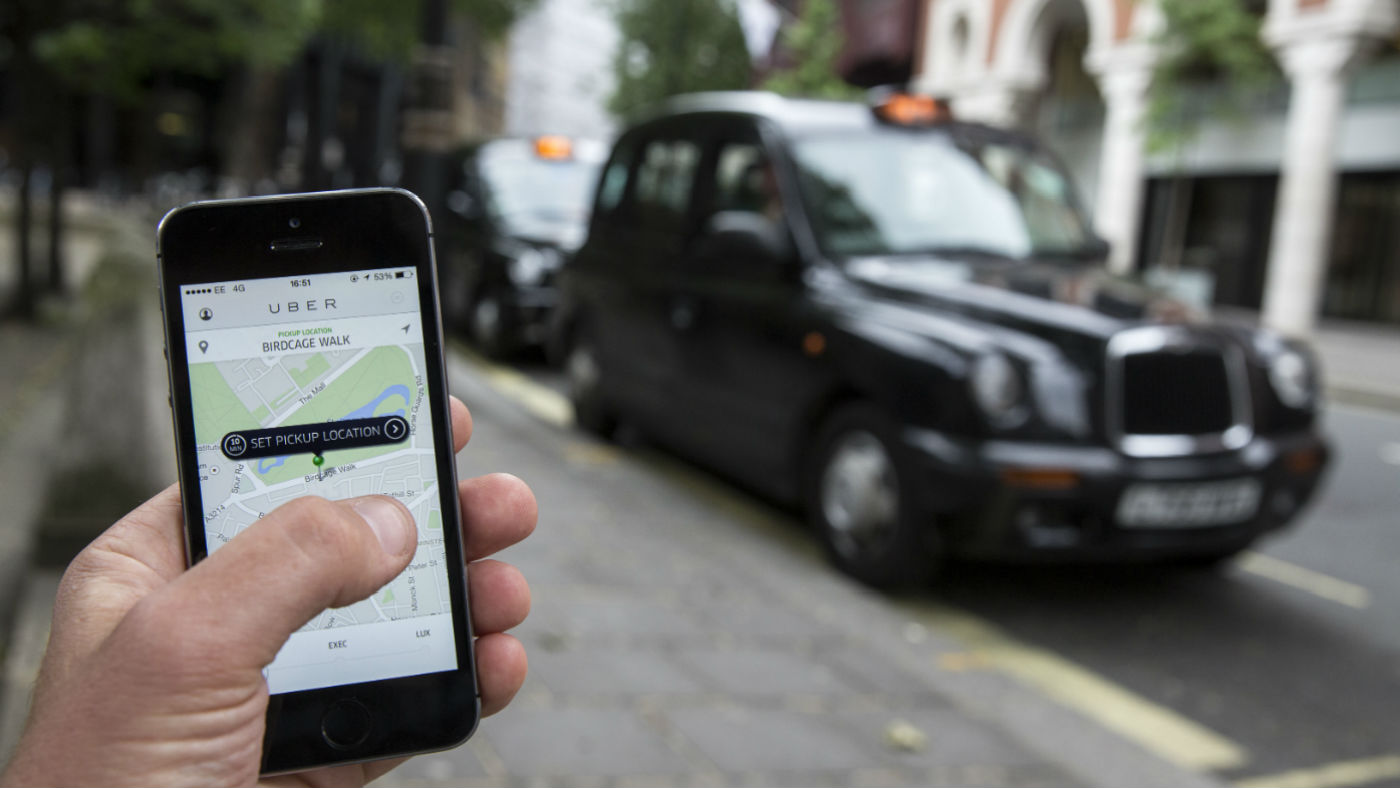 Uber loses London licence in shock TfL decision
Uber loses London licence in shock TfL decisionSpeed Read Transport for London says Uber demonstrated ‘lack of corporate responsibility’


